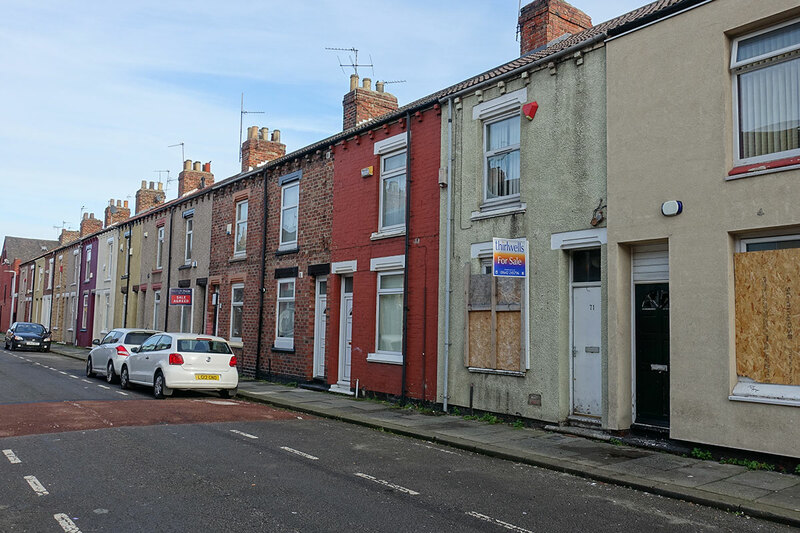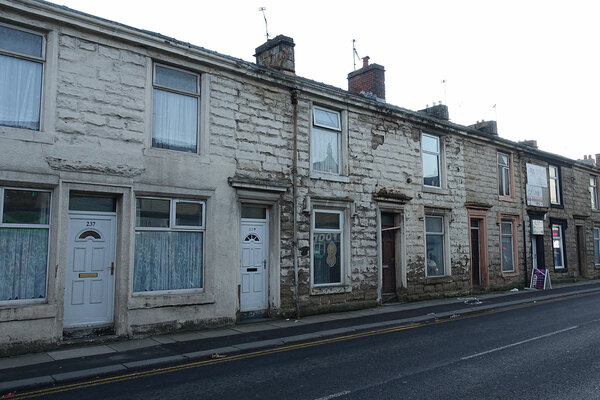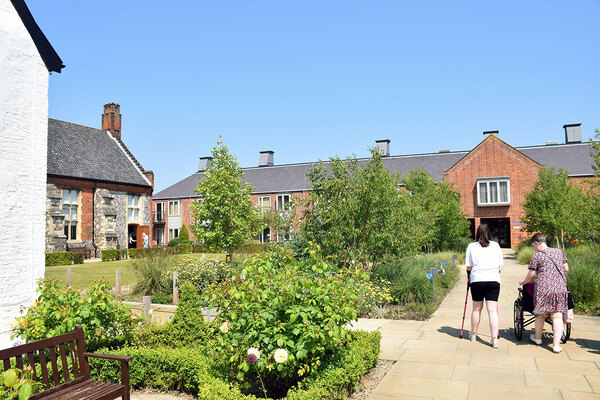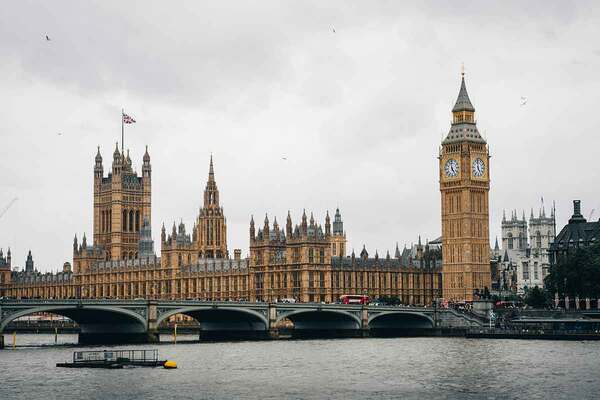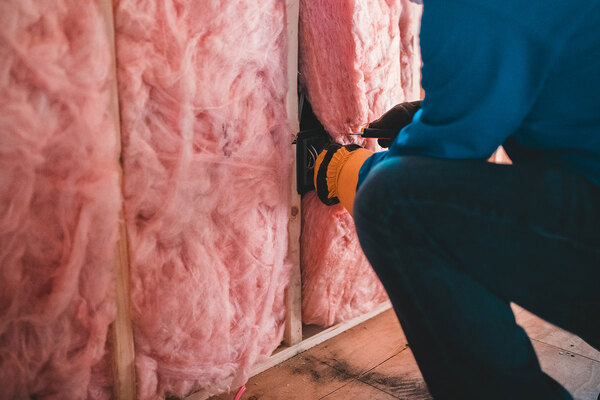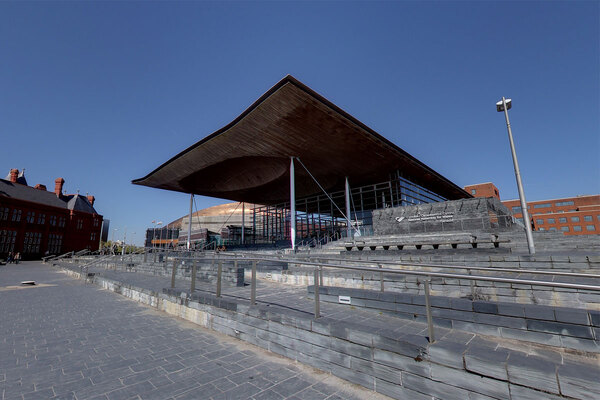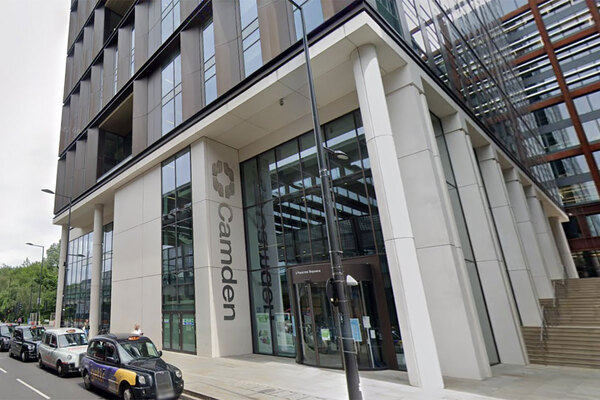Homes England should be rebooted to regenerate ‘left behind’ neighbourhoods, report says
Homes England’s remit should be refocused on renewing and regenerating ‘left behind’ neighbourhoods, according to a new report chaired by a former Downing Street housing policy advisor.
The No Place Left Behind report by the Commission into Prosperity and Community Placemaking has said that the government must invest in the physical fabric of local places as well as the social fabric of local communities to tackle neighbourhood decline.
It called for ministers to “empower Homes England with a new mission-based remit to focus on retrofitting, quality, regeneration and long-term placemaking; and more devolved decision-making”.
A bias towards increasing overall housing supply in the highest-demand housing markets – resulting from current government rules on Homes England funding decisions – means neighbourhood regeneration in left-behind places is “nearly impossible” in many instances, the report claims.
Chaired by Toby Lloyd – former head of policy at Shelter and housing advisor to former prime minister Theresa May – the commission looks to identify and develop policies that would help such areas.
With a nod to incoming housing secretary Michael Gove’s cross-department role implementing the current prime minister’s levelling-up agenda, the report said there is “a major opportunity to correct the centralising tendencies, the excess focus on new supply and the southern bias” of Homes England’s remit.
It noted that converting existing buildings can also be cheaper than new build options, claiming: “If Homes England’s £1.1bn development finance commitment was used to support conversion rather than new build, between 67,000 and 70,000 homes could have been created rather than 55,000.
“This is the equivalent of 5% of the government’s annual housing target with no additional government financial support.”
And it highlighted the challenge of retrofitting the nation’s homes to the net zero carbon standard by 2050 in places where values are low and owners have little incentive or ability to invest in improvements.
Four specific housing policy recommendations in the report include:
- Kick-start decarbonisation of the nation’s homes by retrofitting social housing stock
- Launch a national programme of neighbourhood retrofitting in parallel with social housing decarbonisation
- Create neighbourhood improvement districts to secure area-wide housing improvements across all tenures
- Fund the building and transfer of homes into long-term, non-profit ownership in failing housing markets
Mr Lloyd said: “Throughout the work of this commission we have heard from people in left-behind places that they feel failed by the state and the market. They feel the loss of vital places such as community centres, pubs, parks and libraries every day.
“To replace spirals of neighbourhood decline with a virtuous circle of well-being and prosperity, we have to invest in the physical fabric of local places and the social fabric of local communities – and trust communities themselves to lead it. No place should be left behind.”
Commissioner Paul Fiddaman, chief executive of Karbon Homes and board member of PlaceShapers, said: “Poor-quality private rented homes owned by absentee landlords have blighted so-called left-behind areas for too long.
“The challenge of meeting the UK’s net zero target gives the government a great opportunity to tackle this problem head-on. Creating neighbourhood improvement districts and offering funding for housing associations to acquire poor-quality stock and renew it can help the government fulfil both its climate change and levelling-up ambitions.
“Supporting this change should give agencies such as Homes England a unique opportunity to be a driving force for regenerating left-behind neighbourhoods and decarbonising our housing stock.”
The report also concluded that a mass transfer of ownership of empty shops, buildings and public spaces to communities and local businesses is the only way to achieve the government’s levelling-up goals.
Rachael Orr, chief executive of PlaceShapers and a commissioner, said: “How a so-called left-behind place feels for the people who live there has really guided our thinking throughout the commission’s work and its recommendations. Communities and supporting anchor institutions, like housing associations, must be central to any plans to renew places and level up the country.
“It’s also striking how much of an opportunity the government’s net zero target offers to improve left-behind places. Done right, we can invest in homes, places and jobs to restore and renew our towns and cities fit for 2050.”
Sign up for our daily newsletter
Already have an account? Click here to manage your newsletters
